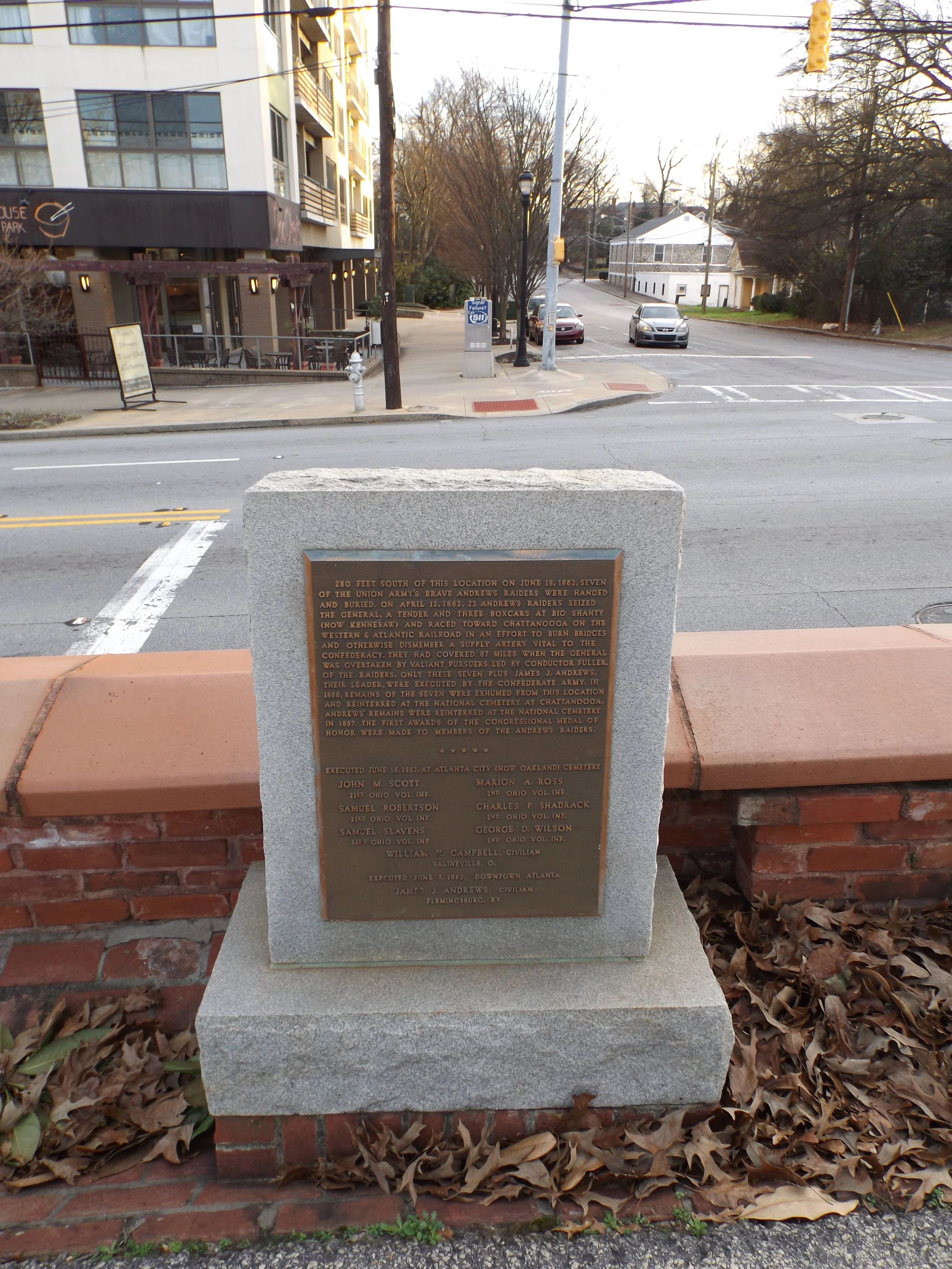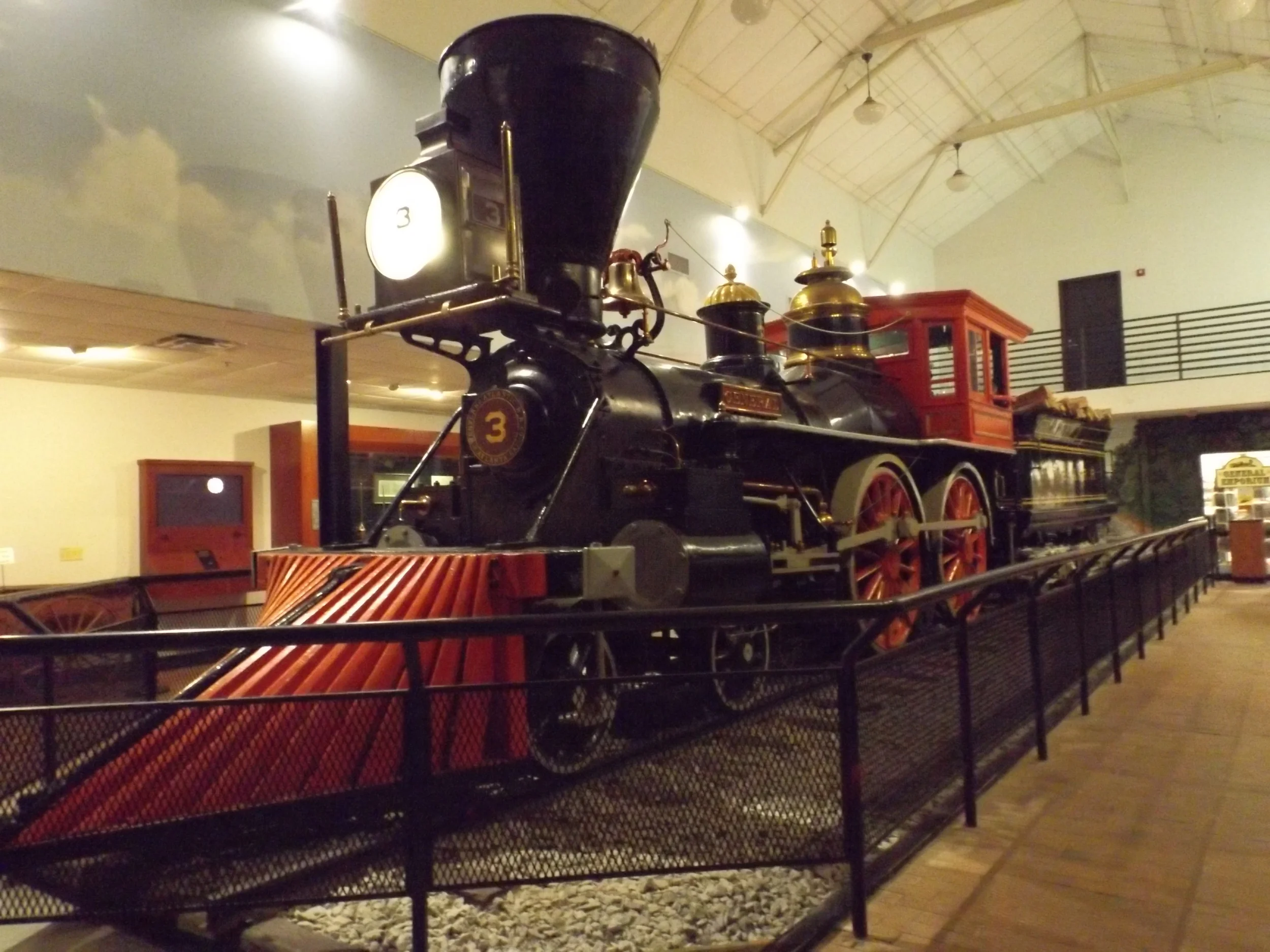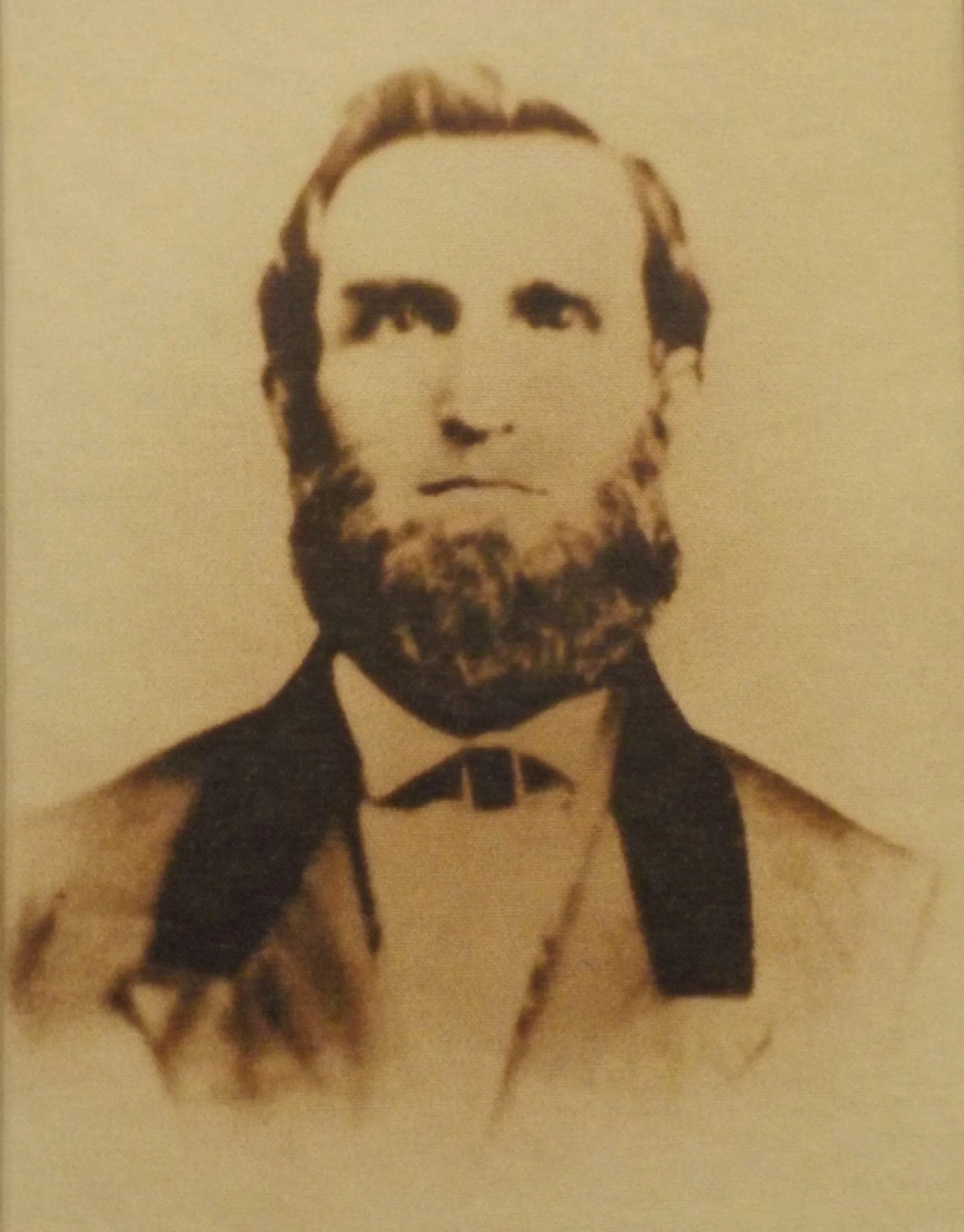The riot began when Dick King punched a Confederate guard named Lieutenant Donnelly. It was hardly a prudent move, but it was nonetheless an understandable one; Donnelly had taken from him a rosette containing a picture of Dick's mother and sister and stomped on it. Dick's friend, 17-year-old Ralph Bates, whom Dick had nicknamed Billy (for no apparent reason; they had become friends after their capture and known each other casually for a couple of days before Dick bothered to ask his new friend's real name) seemed support his actions, even though both boys were beaten unconscious and chained together in the hold of a ship as they were sent farther and farther south, on a journey that would end at the gates of Andersonville Prison.
In fact, though Billy and Dick's story represents some of the most dramtic circumstances faced by the Civil War's young soldiers, the lengths to which they were willing to go for each other are hardly unusual. In time of need, boys frequently proved themselves willing to do whatever needed to be done, often at great personal risk. No history of the participation of underage soldiers in the Civil War, however brief, should skip the chance to tell at least a few of these fantastic, dramatic tales.
Read More




















